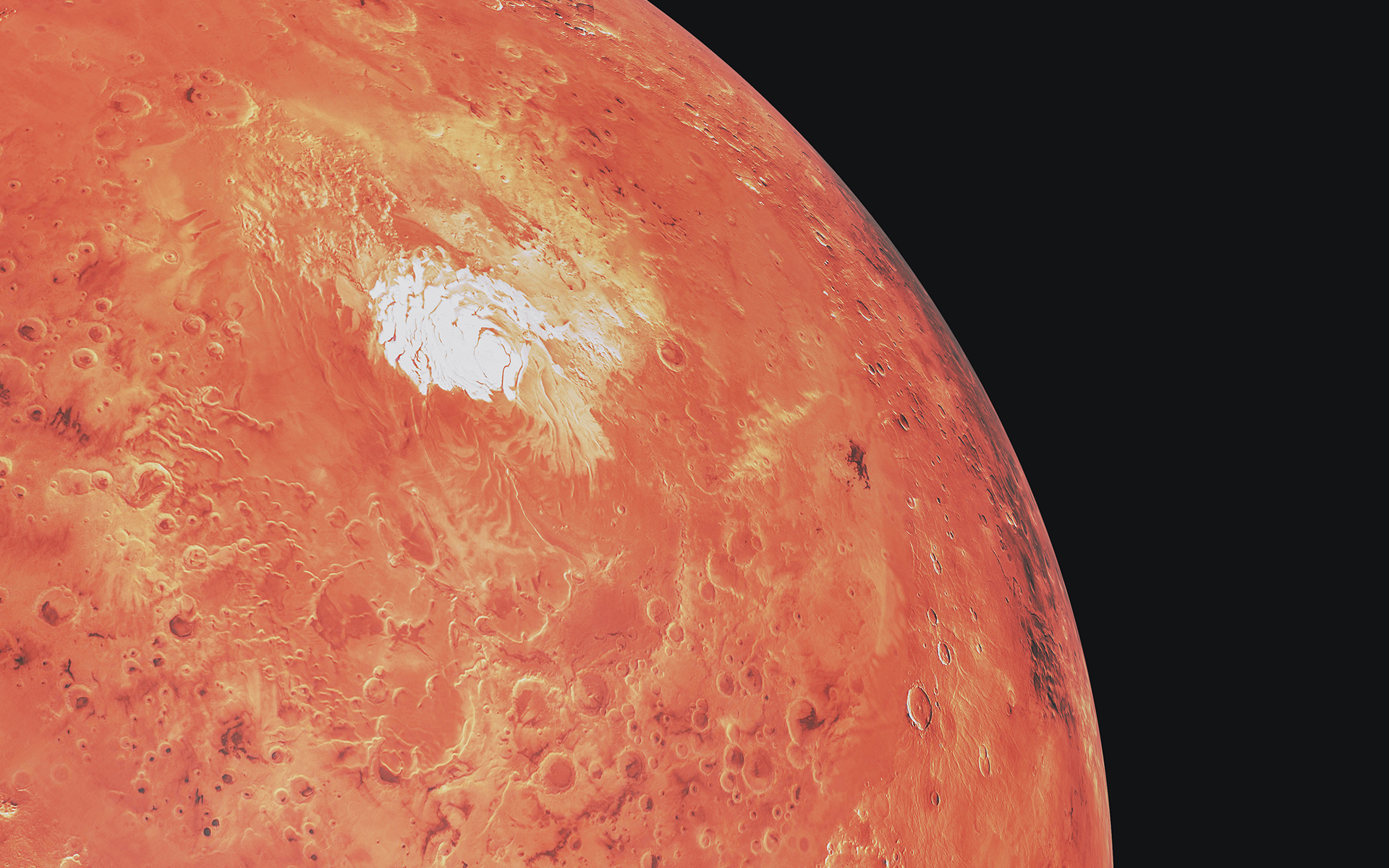The barren, dusty Red Planet was not always a lifeless mess. In fact, scientists have often theorized that Mars was once covered in vast waterways. There’s a lot of evidence to suggest that may be the case, too. However, new research involving that evidence suggests that it might not have been water that left those marks after all and that the chance of finding life on Mars is actually much slimmer than we hoped.
Mars is by far the planet that humanity has explored the most, with several rovers now having made their way across the barren surface of our neighboring planet. One of the key missions with those rovers has always been to find signs of life, or signs that life once existed on Mars. We’ve come close a couple of times, with some theorizing that NASA accidentally killed the only Martian life we’ve ever discovered on the planet.
Through it all, though, the hope that our chances to find life on Mars were high has relied on one key thing: the existence of water in Mars’s past. However, that watery past we believe the planet had may not have been as long or as extensive as we thought. New evidence suggests that places we thought had been carved out by water flowing through them could have actually been created by explosively evaporating carbon dioxide ice.

Liquid water is such a vital ingredient for the existence and survival of living organisms. The fact that some of the places we thought water may have flowed could have been created by other means could drastically change the chances that life ever really existed on Mars all those years ago.
One of the researchers, Lonneke Roelofs, says that the new research “influences our ideas about water on Mars in general, and therefore our search for life on the planet.” As it stands, Mars’s atmosphere is made up of 95 percent carbon dioxide. When the temperatures on the planet drop below -120 degrees Celsius, the carbon dioxide becomes cold enough to freeze without first changing into the liquid phase.
Then, when the temperatures warm in the Martian spring, the temperatures rise so quickly that the carbon dioxide ice could easily evaporate back to a gas, once again skipping that all-important liquid phase. It’s very unfortunate that the news could drastically change the chance of finding any signs of life on Mars, but it is vital that we look at every angle, especially if we plan to send humans to Mars one day.
The news is sad, especially if you’ve been holding out hope for signs of past life on Mars. But, it is also good to have a better understanding of what is possible on our neighboring planet, allowing us to understand it better.








